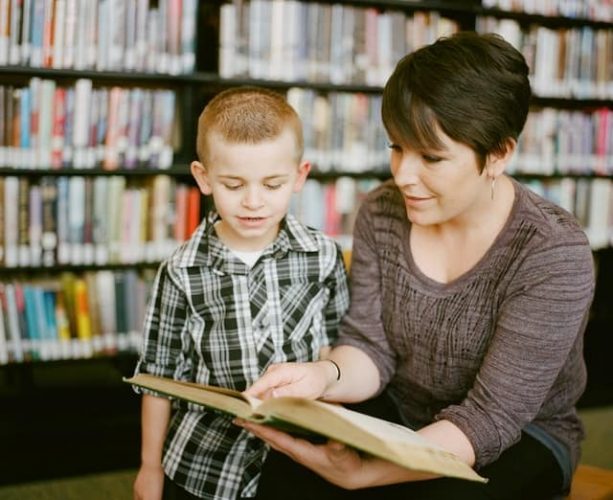Learning difficulties are increasingly common in the classroom. For example, 15% of the population is estimated to have dyslexia. Research also shows the role and behaviour of the teacher makes the biggest difference in the academic and social outcomes of pupils with learning difficulties. By working to support children with learning difficulties, teachers can better respond to challenges and help students thrive.
Establish open lines of communication with parents
There are a number of different types of learning difficulties — ADHD, dyslexia, dysgraphia, and dyscalculia being some of the most common. You’ll find each child with learning difficulties has their own set of different and unique needs.
In fact, some conditions (like ASD and ADHD) present very differently between boys and girls, and typically require different approaches and support. What works for one child may not work for another with a similar condition.
As such, it’s vital to maintain open lines of communication with parents in order to help you develop a more comprehensive and accurate understanding of each child’s strengths and challenges. Something as simple as a home-school diary or enrolling in a home tuition can be a useful way of implementing an open line of communication and regular two-way knowledge sharing between teachers and parents.
Moreover, you’ll also need to directly communicate with parents on a regular basis in order to report on their child’s progress and discuss future learning goals and targets. Talking regularly with parents will ensure you’re able to provide children with learning difficulties with the best support tailored to their unique learning needs.
Provide high-quality teaching
Providing high-quality teaching involves being flexible in your current teaching strategies and making accommodations when needed to help all pupils, including those with learning difficulties.
So, for example, it can be useful to break up work into smaller chunks and follow-up tasks, which gives pupils with special needs the opportunity to better move at their own pace. Talk partners also provide valuable access to peer support and a chance to practise answers and responses. When splitting children up into groups, avoid always pairing-up children with learning difficulties. Like all children, children with learning difficulties can benefit from mixing with and learning from all their peers.
It’s also essential to adapt your methods of verbal and written communication. For example, provide pupils with short, clear instructions while facing them and avoid issuing several instructions at once. It’s also beneficial to ask students to repeat instructions back to you. Verbal instructions can be made even more effective when combined with visual aids, such as, images, text, or symbols.
Create a supportive learning environment
Organise your classroom to support children with learning difficulties and eliminate possible barriers to success. For example, keep decorations and displays to a minimum; such distractions have the potential to visually overload students with ASD or sensory issues.
It’s also useful to avoid black and white contrasts (like black text on white paper) and use coloured overlays — this can help pupils with dyslexia and Irlen Syndrome (a difficulty with visual perceptual processing).
A visual timetable of the day’s learning can also help children with conditions like ASD. Also consider using specialised classroom equipment. For example, writing slopes aid pupils with motor skill difficulties and dyslexia while ear defenders can help block out distracting background noise — ideal for children with sensory issues like ADD, ASD, and ADHD.
When it comes to supporting pupils with learning difficulties, there’s no one single approach that works for all. By implementing a number of strategies, you can create an inclusive, uplifting learning environment that supports every child.
Useful Resources
- Learning difficulties test adults
- Learning difficulties
- Adults with learning difficulties
- Learning difficulties with maths
- Mental health and learning disabilities
- Learning difficulties types
- Are learning difficulties a disability?


